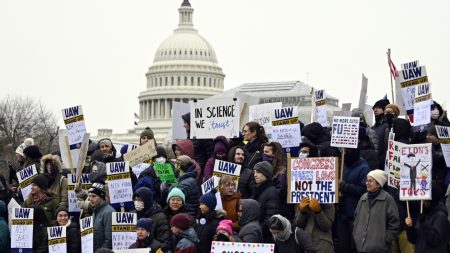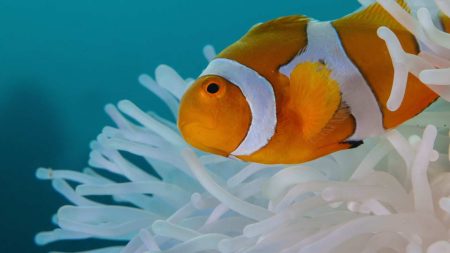The Quadrantid meteor shower, peaking on Friday, heralds the new year with a celestial spectacle of fireballs streaking across the night sky. This particular shower distinguishes itself with potentially bright fireballs, albeit lacking the long, luminous trails often associated with other meteor showers. The waning crescent moon offers optimal viewing conditions, minimizing light pollution and maximizing the visibility of these fleeting cosmic embers. Unlike most meteor showers named after the constellations from which they appear to radiate, the Quadrantids derive their name from a defunct constellation, Quadrans Muralis, a testament to the ever-evolving nature of our understanding of the celestial sphere. This year’s peak promises a potential display of up to 120 meteors per hour, a captivating spectacle for those willing to brave the early morning chill. The viewing window extends until January 16th, providing ample opportunity to witness this celestial event.
Meteor showers, like the Quadrantids, occur when Earth intersects the debris trails left behind by comets and, less frequently, asteroids. In the case of the Quadrantids, the source of this cosmic debris is the asteroid 2003 EH1. As Earth traverses this debris field, the fragments, often no larger than grains of sand, collide with Earth’s atmosphere at tremendous speeds. This high-velocity impact generates intense friction, causing the particles to heat up rapidly and incinerate, leaving behind a brief, incandescent streak across the sky – the phenomenon we perceive as a “shooting star.” The brightness and visibility of these meteors depend on the size and composition of the debris, with larger fragments producing more dramatic fireballs.
Observing a meteor shower requires no specialized equipment, just a dark location away from the intrusive glow of city lights. The predawn hours, when the moon is low on the horizon, are ideal for meteor viewing. Light pollution, whether from the moon or artificial sources, significantly diminishes the visibility of these fleeting celestial events. Therefore, clear, moonless nights offer the best viewing opportunities. Patience is key, and refraining from looking at phone screens allows the eyes to adapt to the darkness, enhancing the chances of spotting these ephemeral streaks of light. Fortunately, the Quadrantids peak coincides with a slim crescent moon, minimizing light interference and maximizing the visibility of the meteors.
The Quadrantids, while captivating, are just one of several annual meteor showers. The next shower on the celestial calendar is the Lyrids, anticipated to peak in mid-April. Each meteor shower originates from a different debris field, resulting in varying peak intensities and meteor characteristics. Some showers are known for their numerous, faint meteors, while others, like the Quadrantids, are notable for their potential to produce bright fireballs. The regularity of these showers provides recurring opportunities to connect with the cosmos and witness the dynamic interplay between Earth and the remnants of celestial wanderers.
The scientific study of meteor showers provides valuable insights into the composition and distribution of debris within our solar system. By analyzing the trajectories and characteristics of meteors, scientists can infer the origins of the debris and the orbital paths of their parent bodies, whether comets or asteroids. This information contributes to our understanding of the early solar system and the processes that shaped its current configuration. Moreover, meteor showers offer a tangible connection to the vastness of space, reminding us of Earth’s place within the cosmic tapestry.
The Quadrantids, with their potential for brilliant fireballs, offer a spectacular start to the year for skywatchers. Their appearance serves as a reminder of the ongoing dynamic processes in our solar system and provides a readily accessible opportunity to engage with the wonders of the cosmos. Whether a seasoned astronomer or a casual observer, witnessing a meteor shower is a humbling experience, connecting us to the vastness of space and the ongoing dance of celestial bodies. So, venture out into the darkness, find a comfortable spot away from city lights, and allow your gaze to wander upwards, patiently awaiting the fleeting brilliance of a shooting star, a cosmic whisper from the depths of space.










